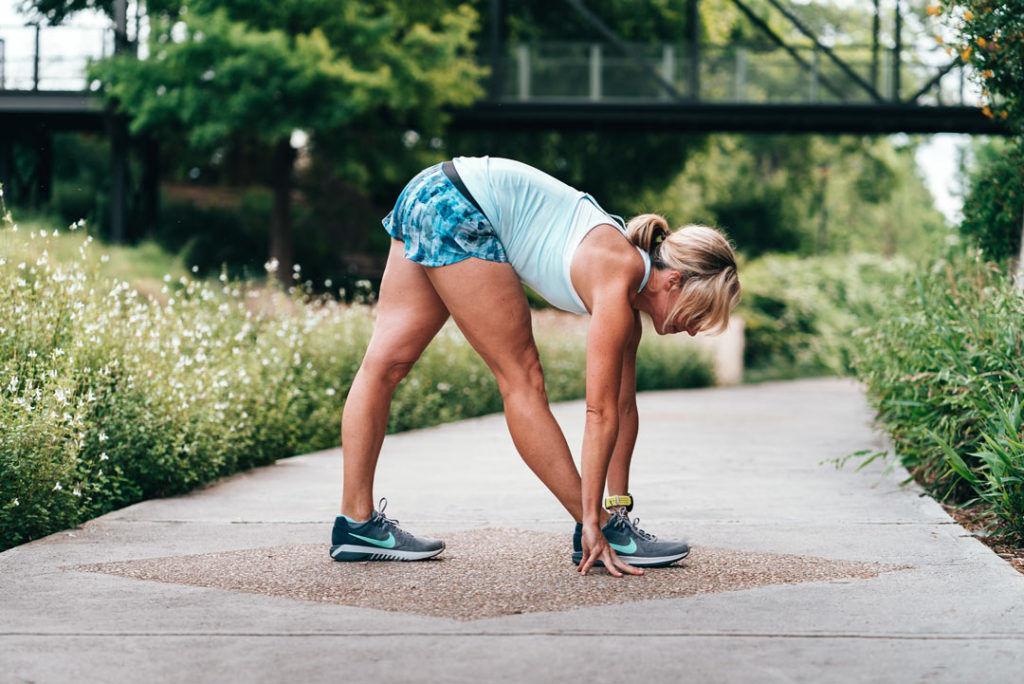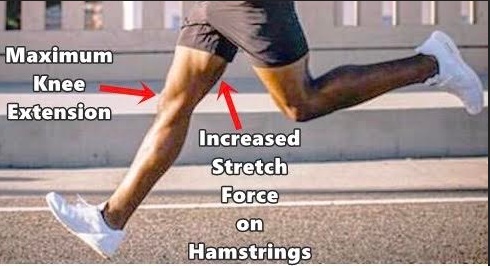There is no definitive answer to this question as everyone’s physiology is different. However, some experts believe that shoes can contribute to hamstring pain due to the way they restrict movement and put pressure on certain areas of the foot. It is always best to consult with a medical professional if you are experiencing persistent pain to determine the root cause.
When it comes to hamstring pain, there are a lot of potential causes. But one surprising cause that you might not have considered is your shoes. That’s right – your footwear could be the reason why you’re experiencing discomfort in your hamstrings.
There are a few different ways that shoes can contribute to hamstring pain. First, if your shoes are too tight, they can put pressure on the muscles and nerves in your legs, which can lead to pain. Second, if your shoes don’t provide enough support, they can allow your feet to roll inward when you walk or run (this is called pronation), which puts strain on the muscles and tendons in your legs and can cause pain.
Finally, if you wear high heels regularly, they can actually change the alignment of your pelvis and spine, which puts extra stress on the muscles and tendons in your legs – again leading to pain.
So what can you do about it? If you think that your shoes might be causing or contributing to your hamstring pain, try switching to a more comfortable pair of shoes with good arch support.
And if you wear high heels often, make sure to take breaks and give your feet a rest every once in awhile!
Can I Run With a Hamstring Strain
For many people, the answer to this question is a resounding “no”! A hamstring strain is a serious injury that can take weeks or even months to heal properly. However, if you are careful and listen to your body, it is possible to run with a hamstring strain – albeit slowly and very carefully.
Here are a few things to keep in mind if you want to try running with a hamstring strain:
1) Start slow and gradually build up your speed. Don’t try to push yourself too hard too quickly – this will only aggravate the injury and prolong the healing process.
2) Pay attention to your form. Make sure you are running tall and keeping your strides short and quick. This will help minimize stress on the hamstrings.
3) If you start to feel any pain, slow down immediately or stop altogether. It’s better to err on the side of caution than risk further injury.
4) Be patient!
Healing takes time, so don’t expect miracles overnight. Just focus on making gradual progress week by week and eventually you’ll be back up to speed (pun intended!).

Credit: www.starkwoodchiropractic.com
What Aggravates a Hamstring Strain?
A hamstring strain is an injury to one or more of the muscles at the back of the thigh. It can range from a mild twinge when you overstretch to a tear that causes severe pain and swelling. A torn hamstring may mean you need surgery.
The hamstrings are made up of three muscles: the biceps femoris, semitendinosus and semimembranosus. These muscles work together to bend your knee and help extend your hip. They’re also key in activities such as running, kicking and jumping.
Most hamstring strains happen when these muscles are suddenly stretched beyond their limits. This can happen when you make a sudden movement, such as sprinting or lunging for a ball. Hamstring strains can also occur gradually due to overuse, such as during repeated running or jumping movements.
Poor stretching or warm-up exercises before exercise may also contribute to hamstring strains.
Symptoms of a hamstring strain include:
• Sudden sharp pain at the back of the thigh during activity
• A popping or snapping sound when the injury occurs
• Pain that worsens with walking, running or bending your knee
Why are My Hamstrings So Sore All of a Sudden?
If you’re experiencing sudden onset of hamstring pain, there are a few possible explanations. It could be due to overuse – if you’ve been working your hamstrings hard with no rest, they may be swollen and inflamed. Hamstring pain can also be caused by a muscle strain or tear, which is often the result of an abrupt movement or lifting something too heavy.
Another possibility is that the pain is coming from your lower back or SI joint, and is referred to as “referred pain.” If the pain is severe, it’s best to see a doctor or physiotherapist to get a proper diagnosis.
Can Running Shoes Cause Tight Hamstrings?
There is no clear consensus on whether or not running shoes can cause tight hamstrings. Some experts believe that the shoes can contribute to tightness in the hamstrings, while others argue that they are not a major factor. It is generally agreed, however, that certain types of shoes may exacerbate existing problems with tightness in the hamstrings.
For example, shoes with too much arch support can put extra strain on the muscles and tendons in the legs and feet, which can lead to increased tightness in the hamstrings. If you suspect that your running shoes may be contributing to your hamstringtightness, it might be worth trying a different type of shoe or switching to barefoot running.
What Does Hamstring Tendonitis Feel Like?
Hamstring tendonitis is a common injury that can cause a lot of pain and discomfort. It often starts as a dull ache in the back of the leg and can quickly become sharp and unbearable. The pain is usually worse when you bend your knee or try to straighten your leg out.
You may also feel a popping or snapping sensation in the back of your leg when the tendon becomes irritated.
If you think you might have hamstring tendonitis, it’s important to see a doctor or physical therapist for an evaluation. They will be able to confirm the diagnosis and develop a treatment plan to help you get rid of the pain and get back to normal activities.
Testing for a Hamstring Strain— Shoe Off the Foot Test
Conclusion
If you’ve ever experienced hamstring pain, you know how debilitating it can be. You may be surprised to learn that your shoes could be the culprit. That’s right – your shoes can cause hamstring pain.
Here’s how:
Your shoes provide support and stability for your feet, but they also put pressure on certain areas of your feet. This pressure can cause the muscles in your legs to tighten, which can lead to pain in the hamstrings.
There are a few things you can do to prevent this from happening: 1) Choose shoes that fit well and provide good support; 2) Avoid high heels;
3) Take breaks throughout the day to rest your feet; and 4) Stretch your hamstrings regularly.

Leave a Reply